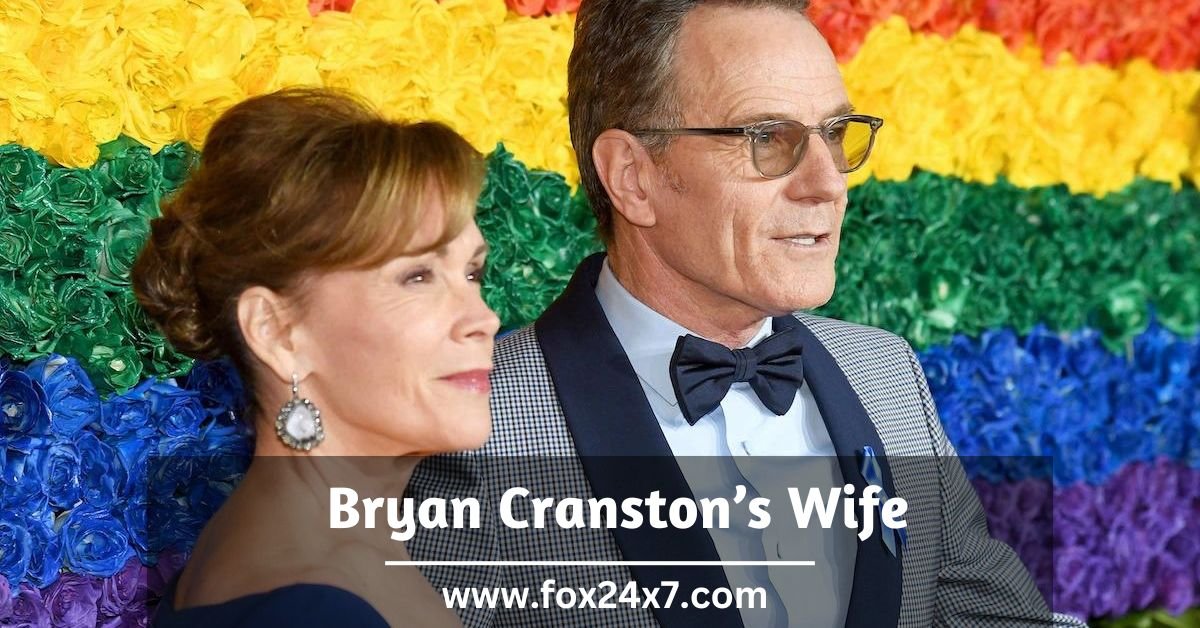 Joanne Woodward Manhattan’s theatre heart, midway through the 20th century, was like Harlem in the 1930s and Greenwich Village early 1960s. It was the centre of culture, where the ground was shaking. American playwriting was now able to challenge provincialism and repression, sever our sacred mythologies, and lay the foundations for the revolution that would come ten years later.
Joanne Woodward Manhattan’s theatre heart, midway through the 20th century, was like Harlem in the 1930s and Greenwich Village early 1960s. It was the centre of culture, where the ground was shaking. American playwriting was now able to challenge provincialism and repression, sever our sacred mythologies, and lay the foundations for the revolution that would come ten years later.
The acting was in the process also of transformation. It leaned more toward art than occupation under the guidance of renowned teachers Stella Adler and Sanford Meisner, who encouraged students to naturalistic emotional lability, which gave rise to Marlon Brando’s “Stel-la!”
Joanne Woodward arrived from the South in 1950, at the age of 19 and instantly fell in love with New York. She was convinced that she would be a star. Her recessive features were just as important as her confidence.
They made her appear uptown or small-town, vulnerable or hardened, cold or libidinal. She was not a typical woman. Paul Newman, whom she was introduced to in the office as a talent agent was something completely different. For her, it was distasteful at first sight.
Joanne Woodward The couple met in “The Last Movie Stars,” a six-part HBO documentary that chronicles their long, complicated, and enviable relationship. Woodward was the catalyst for the thaw.
They fell in love, or more accurately, into a deep well and consuming attraction, during William Inge’s 1953 Broadway debut of “Picnic,” where they were, fittingly, understudies in a play that explores the transgressive, liberating, qualities of love. Woodward was certain she had found the man she wanted to marry, even though he had three children and a wife.
Woodward’s brilliance, for better and worse, determination and outsize ambition are what happened. This familiar story of modern womanhood is rooted in agonizing decisions too often made through default compromises and vague negotiations that laid the foundation for so much regret.
Ethan Hawke is an actor in middle age, a Brooklyn father in loose clothes, who is endearingly transfixed and captivated by the humility and endurance of his subjects — artistic, spiritual, erotical, psychic, and parental. Although I’m not certain that the actor,
who was once married to Uma Thurman and is now co-producer of this film, set out on this project as a feminist analysis about power coupledom, it is where we end up in any case, as though there were no other options.
Woodward was a star in the world of Actors Studios during the 1950s. He was known for his exceptional craft skills and Newman’s ability to control him. He arrived at the Actors Studio in 1950, having been plagued by insecurity and was then made worse by the company of great actors, Brando, James Dean and Geraldine Page.
Woodward’s career was the most successful. Newman was attracted to his wife’s talent. But, it turned out that his wife also had the ability to elicit his. His wife was the one who created the sexual personality that seemed to be so integral to him.
Newman returned to Westport, Conn. to see Joanne renovating an outbuilding with crazy colours and ad-hoc furniture. This was a place where they could retreat to their sexuality,
she said. The film is based on thousands of pages worth of transcripted interviews with Newman, his family members, and directors. Most of these actors, such as Bobby Cannavale and Laura Linney, were incubated at the New York theatre. Newman was able to see the truth of his own intimacies, which he didn’t know he had.
Woodward was able to fulfil her domestic responsibilities once the monument of her husband’s famous image had been built. Six children were born to the couple, including the three daughters they had together, and two of their other daughters.
The sixth was a son who died from a drug overdose in the late 1970s. Newman also shared the same first wife, Joanne Woodward. Woodward was an outstanding mother.
One of her stepchildren even had the name “Joanne Woodward” tattooed on his forearm. In the film, Stephanie Newman interviewed by Woodward said that she loved her despite the fact her mother had left her for another man and she wanted to be an actress.

The 1958 Academy Award for best actress was given to Woodward in her 20s. This left Mrs Newman the victim of the scandalous new marriage she had made with her husband.
Woodward received an award for her performance in “The Three Faces of Eve”, a film about multiple personality disorder. The subtext of mother dissatisfaction would, in hindsight foretell Woodward’s own ambivalent relationship with family life. Eve White, a frustrated housewife, creates two identities.
In one, she attempts to strangle her daughter using a curtain pull. Her husband finally stops her. Woodward admits in an old interview that she wouldn’t have given up on having children if she could do it again. The professional sacrifices were too great.
The episode of “The Last Movie Stars” in which the clip was featured appeared on the same day I read about Serena Williams’s retirement, I watched. Although we expect athletes to put away their equipment at 40, one of the greatest tennis players ever felt the need to explain why she did not. She also spoke about how satisfying it was to pick her daughter up from school.
Woodward’s confession is so shocking not only for its honesty but also for how it illuminates our shift from uncomfortable truths about motherhood towards the pretences and artifices of social media.
Woodward was not a conformist in many ways. In television clips, Woodward is seen wearing high-collar blouses with brooches, her hair neatly combed and straight, clearly Fairfield County. Playboy magazine asked Newman in the late 1960s
if he ever felt tempted to cheat. Newman replied that he didn’t need to go out to eat hamburgers when he could have steak at home. Woodward was furious at the analogy. Woodward was furious at the analogy. She was, in this way, the last movie star.
Also, Read








![Buying the Dip: The Meaning And Its Importance [Markets Strategy] Buying the Dip](https://fox24x7.com/wp-content/uploads/2021/11/Buying-the-Dip--180x135.jpg)



























